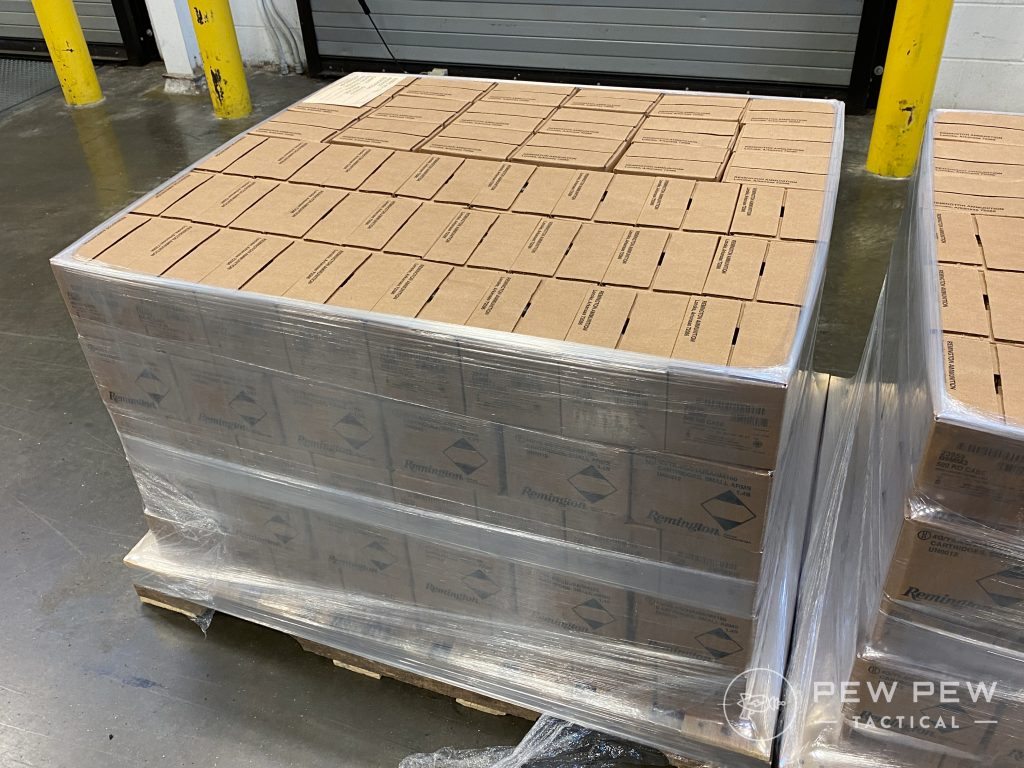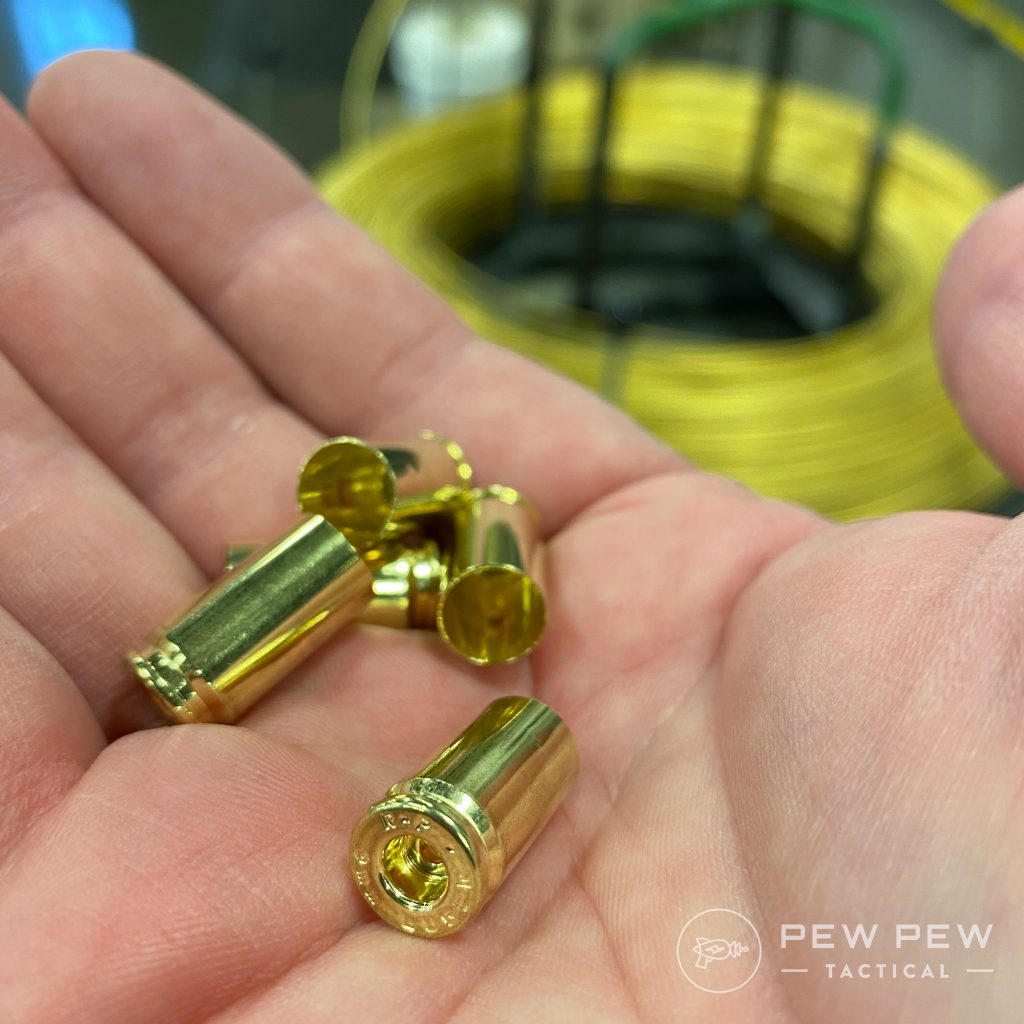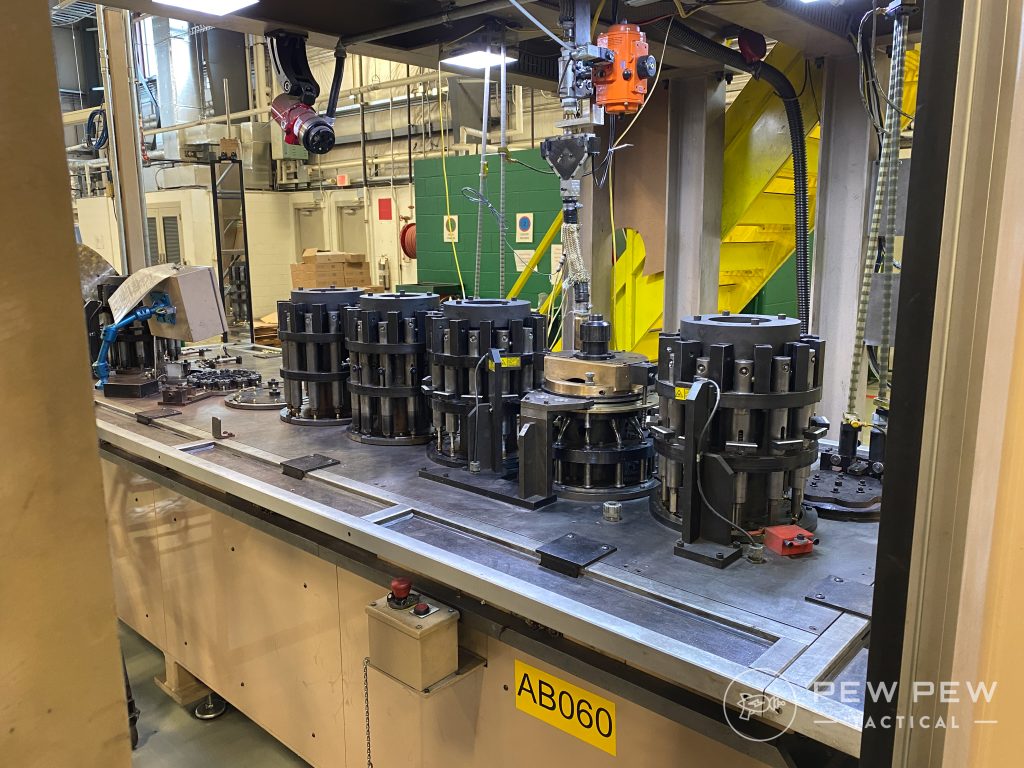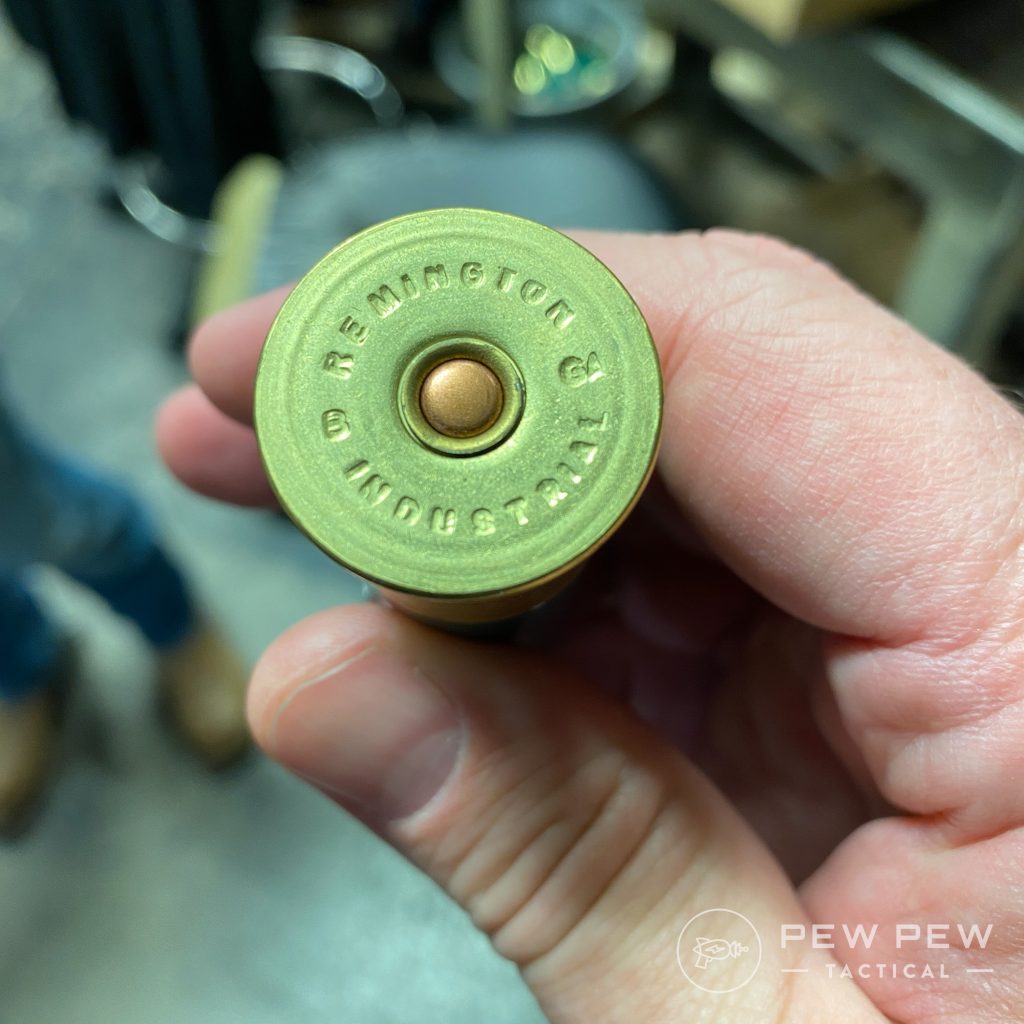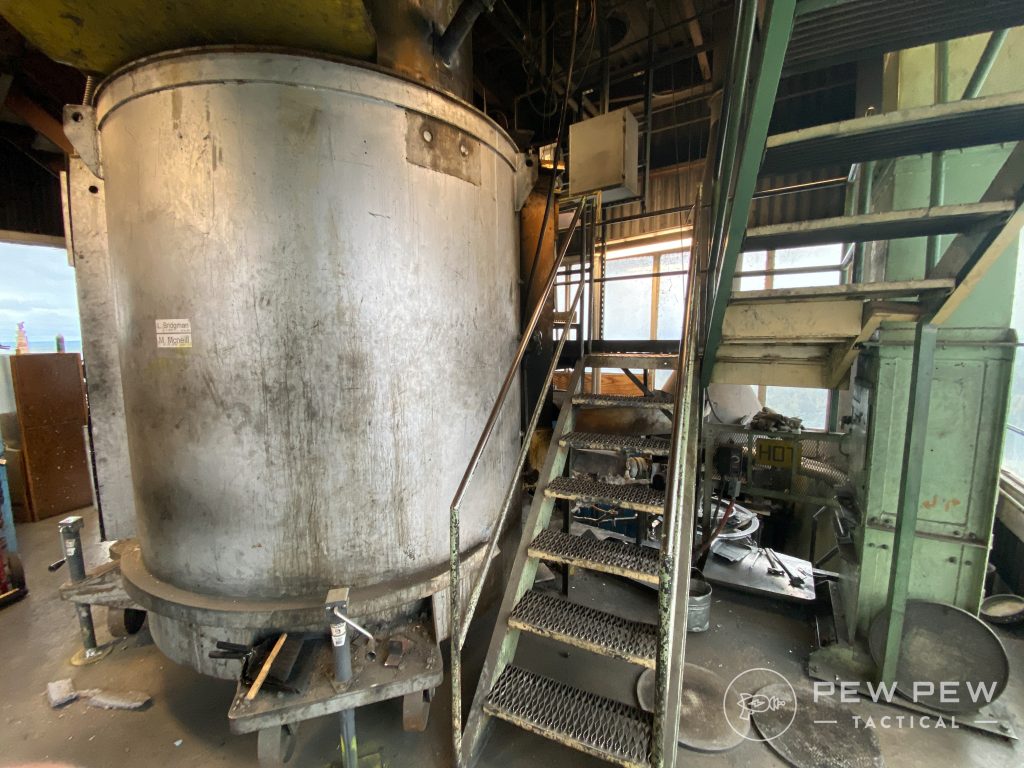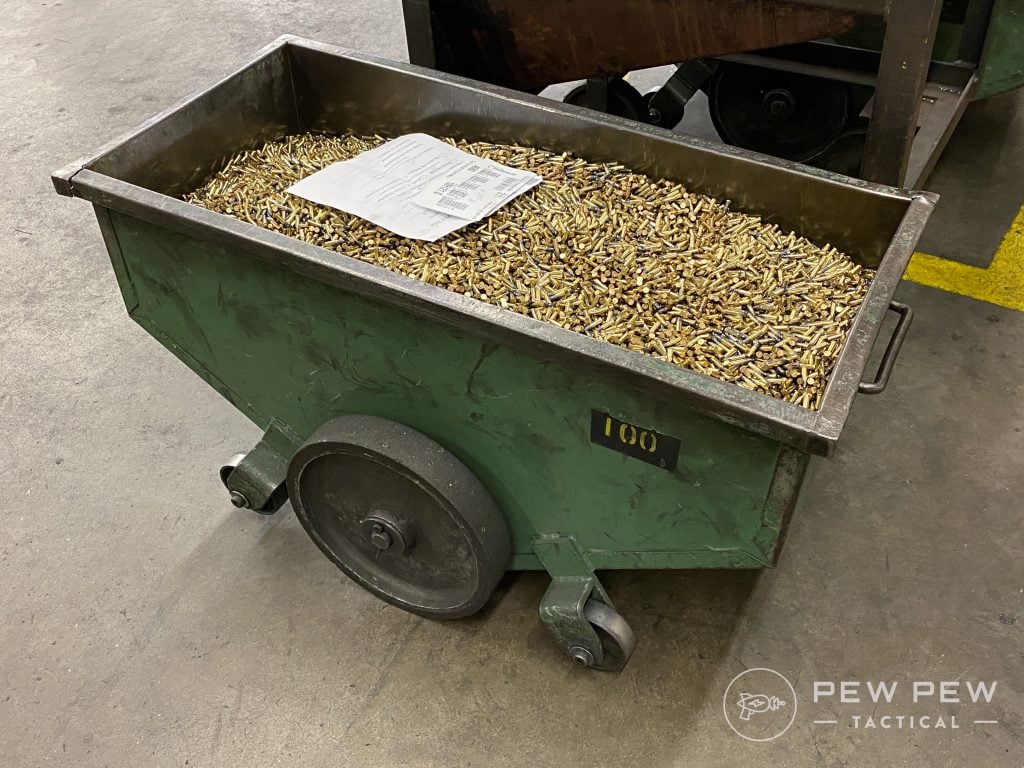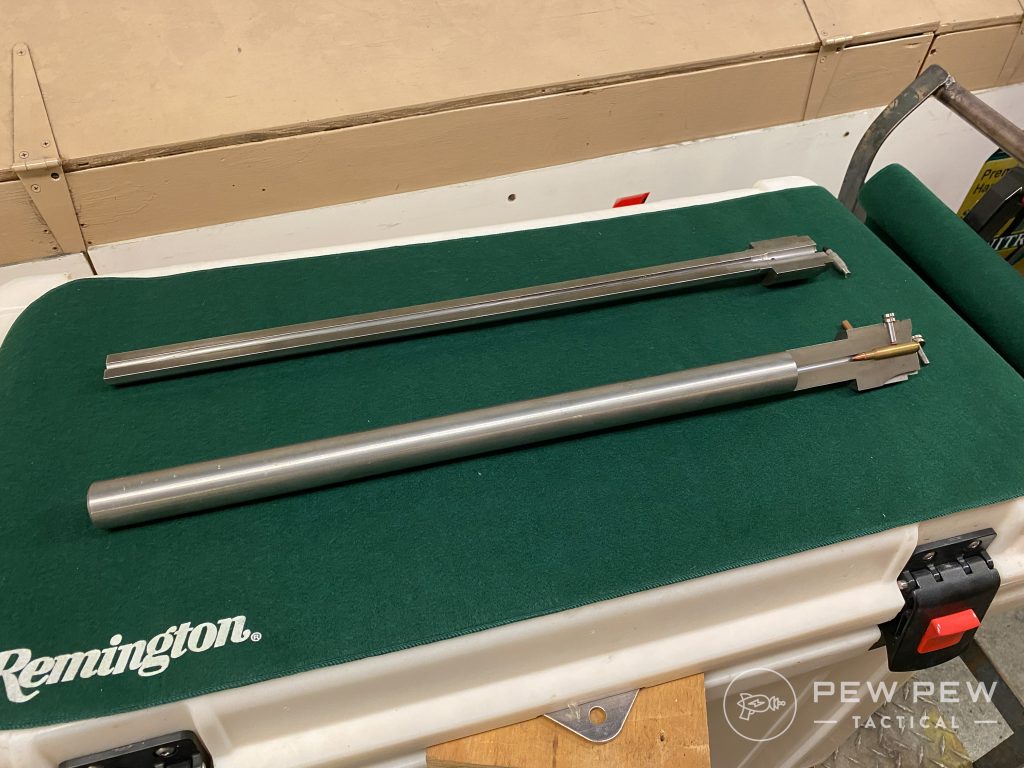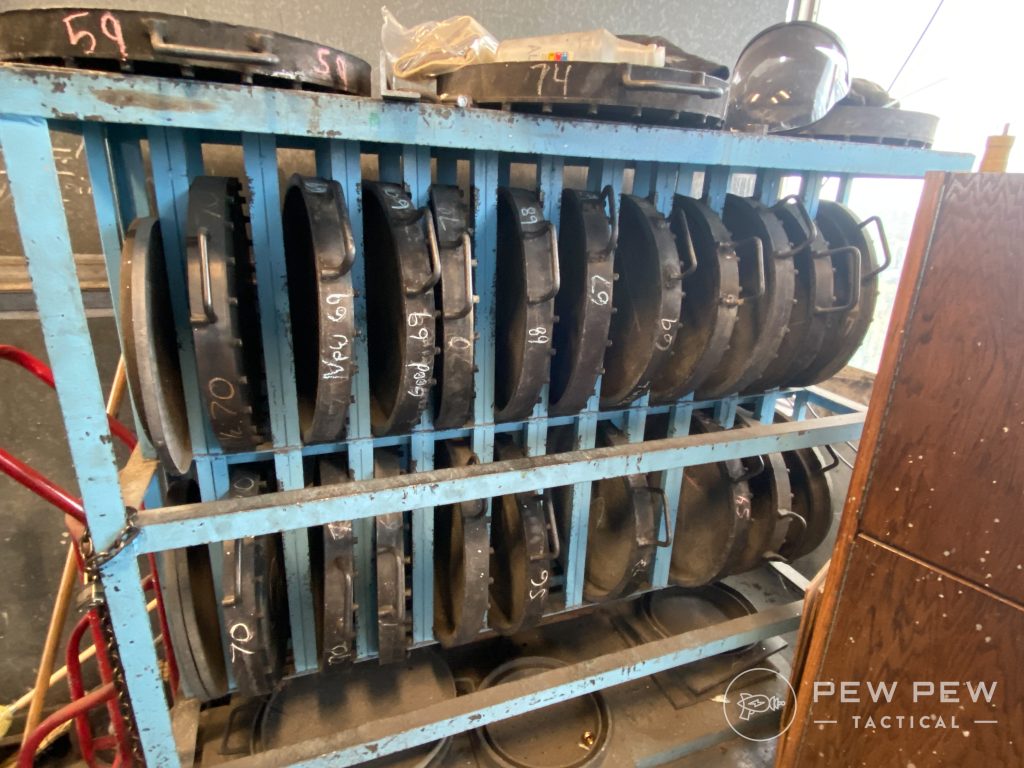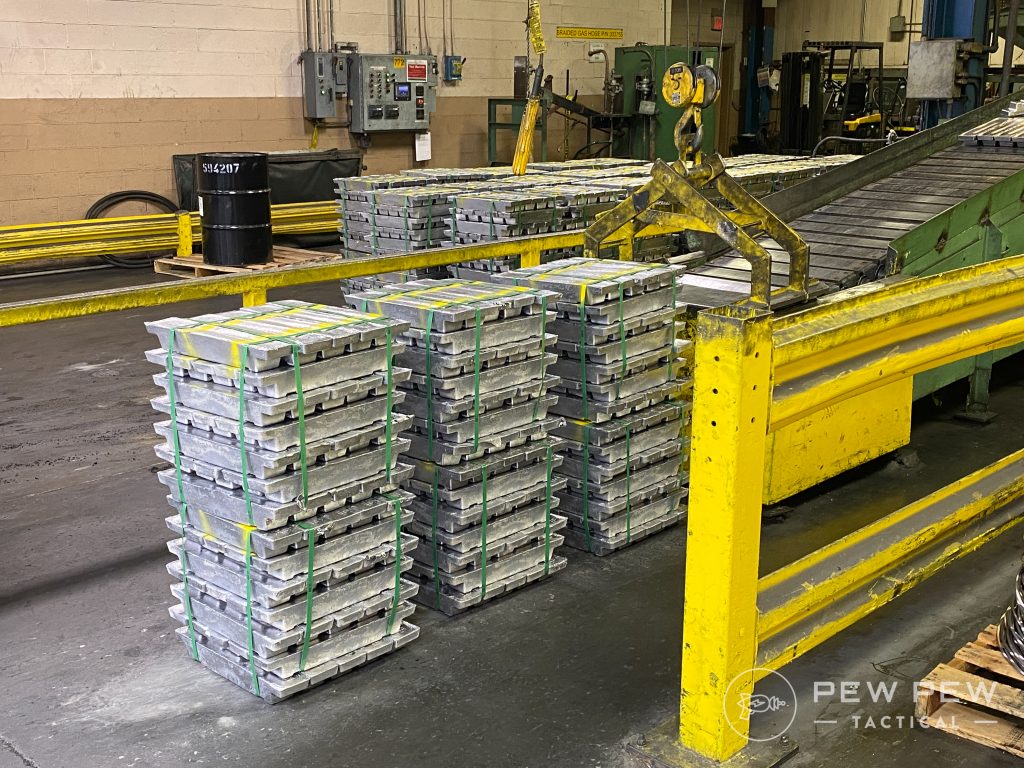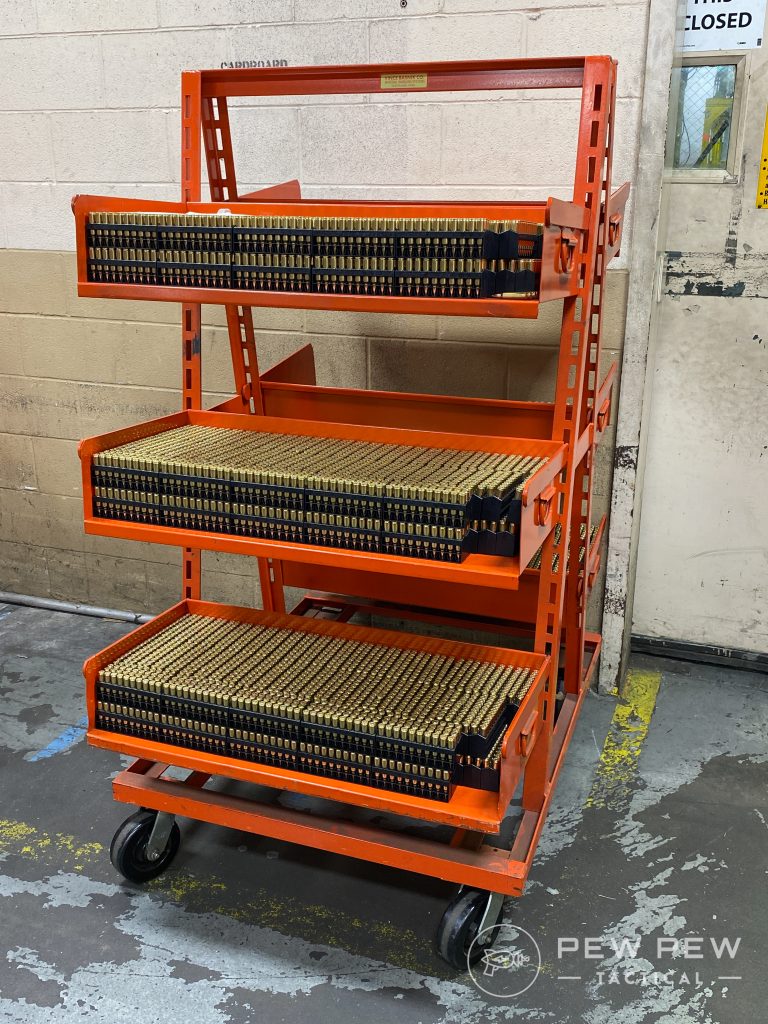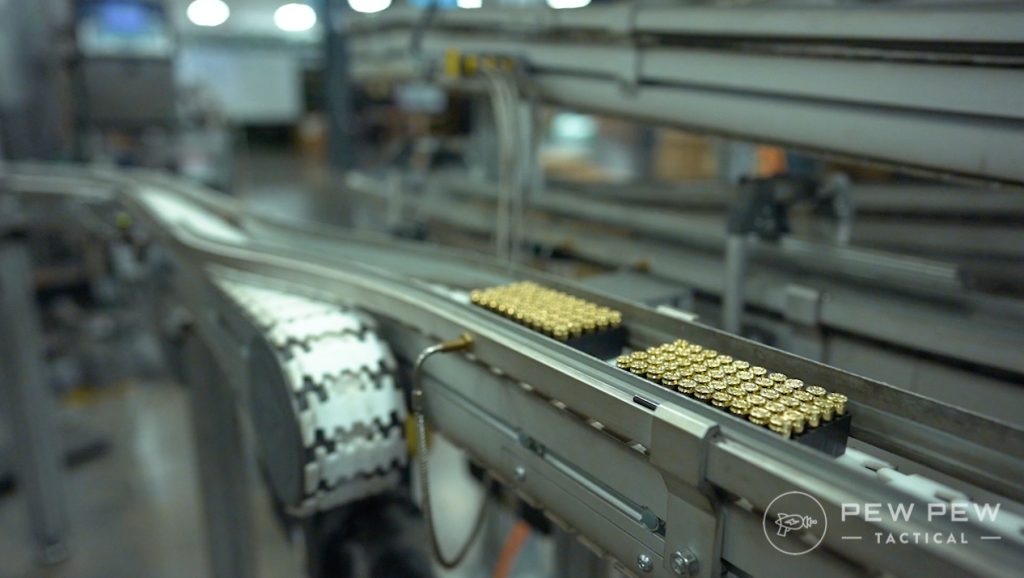https://i.kinja-img.com/gawker-media/image/upload/c_fill,f_auto,fl_progressive,g_center,h_675,pg_1,q_80,w_1200/fa8e4a45862755335e61e11785382f74.jpg
The second season of Netflix’s The Witcher brings a lot of good material with it, from the growing relationship between Geralt (Henry Cavill) and Ciri (Freya Allan) to Yennefer (Anya Chalotra) growing into her magical power. For Geralt and Ciri in particular, a lot of their relationship is rooted in him training her to become a Witcher at Kaer Morhen, a key location in the books and Geralt’s childhood home.
Netflix has been releasing a series of videos going into the development of Witcher’s sophomore season, and two specifically are focused on the remaining Witchers and Ciri’s character development. After spending the first season running from threat after threat, Allan was excited for Ciri to both “navigate what she wants,” and to finally be involved in the action.
“It’s very difficult to go straight into swordfighting routines,” Allan recalled. “So I had to do quite a bit of training.” When it came time to do actual stunt work, showrunner Lauren Schmidt Hissrich had glowing praise for Allan’s dedication, particularly when it came to the obstacle course at Kaer Morhen. “She couldn’t have loved it more…Watching Freya get knocked physically off of it so many times was pretty incredible and terrifying.”
Though Ciri wants to follow in the footsteps of her surrogate father, he’s not the only Witcher she spends time with throughout the season. Below, the second video shines a spotlight on the other Witchers: Eskel (Basil Eidenbenz), Coen (Yasen Atour), and Lambert (Paul Bullion). All three are fan favorites from the books and games, but they’re all arguably outclassed in terms of importance by Kim Bodnia’s Vesemir, Geralt’s own father figure who starred in the animated prequel Nightmare of the Wolf. Vesemir has been leading the remaining Witchers since the events of the film, and Allan says that over the course of the season, Ciri comes to respect him as much as Geralt does.
Every winter, the remaining Witchers go to Kaer Morhen because it’s where they “feel rooted as a family,” in the words of Paul Billion, who plays Lambert, . The scarcity of their ranks have only made their bonds with each other grow stronger, something you see throughout the season as they help train Ciri and fight monsters together. “It’s about family and exploring what family means,” Bullion continued. “It’s what the Witchers represent.”
G/O Media may get a commission
The family bond is something fans have wanted to see in the show for some time, but the new season has thrown a curve ball that not all are happy with, and have left fans demanding answers.
When Geralt and Ciri arrive at Kaer Morhen in the second episode, the reunion turns grim when it’s revealed that Eskel was infected by a leshen while hunting it down. He’s then killed by Geralt, something that very much doesn’t happen in the books. Speaking on the show’s podcast on YouTube, Schmidt Hissrich discussed how the process of Eskel’s grim fate came to be. They’d known how they always wanted to kill someone, and it was important to make sure it had something to do with Ciri. Regardless of who died, that death had to to force Geralt and the other Witchers to realize her presence here would change things.
Originally, that death was going to be for a brand new character she called “John.” But that death wouldn’t have mattered, so it was changed to Eskel as to really have an affect on Geralt and spur him to truly train Ciri. “I know that there are fans who love Eskel and who feel like, why would we do that?…But honestly, his death is what changes everything for Geralt.” Part of the desire to kill off Eskel and more Witchers was also to drive home the idea of the Witchers being caught up in a constantly changing world. “So much of season two is about the fact of, ‘Is the Witcher brotherhood over?’…Of course we had to kill more.”
Despite how bleak things are for the organization, Schmidt Hissrich believes that Vesemir still has some hope for the future. “There’s this history in Vesemir, he’s the keeper of Witcher history…When Ciri and Vesemir are walking through the Kaer Morhen lab, we hear his retelling of the deaths of the Witchers, and suddenly why he thinks Ciri could be their savior. It’s that type of optimism that’s really important to Vesemir.”
The Witcher season two is out now on Netflix.
Gizmodo
 Dilbert Daily Strip
Dilbert Daily Strip


